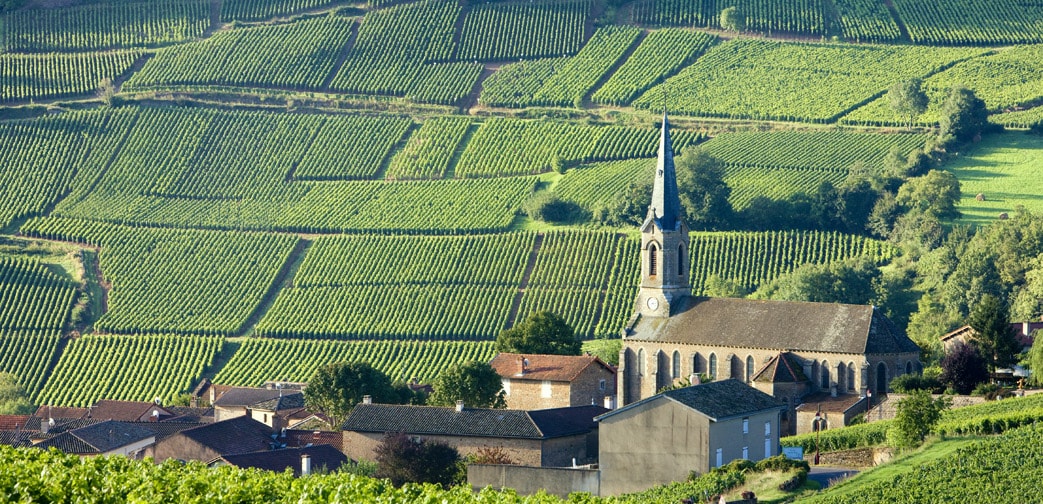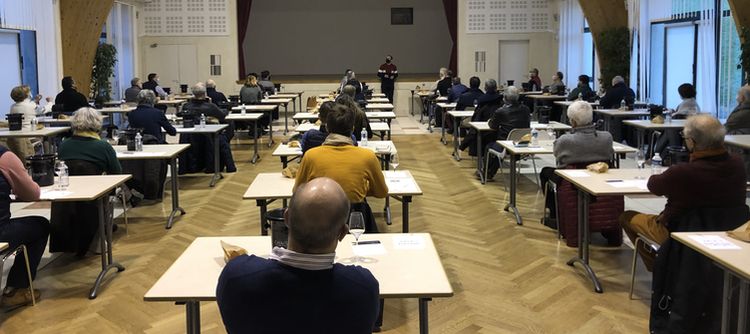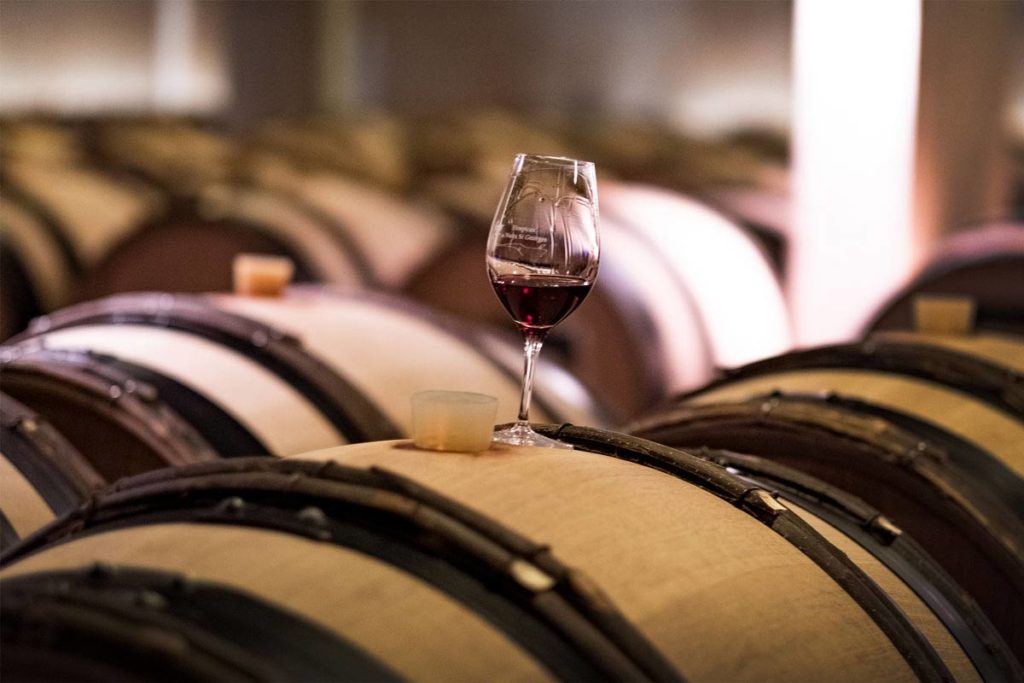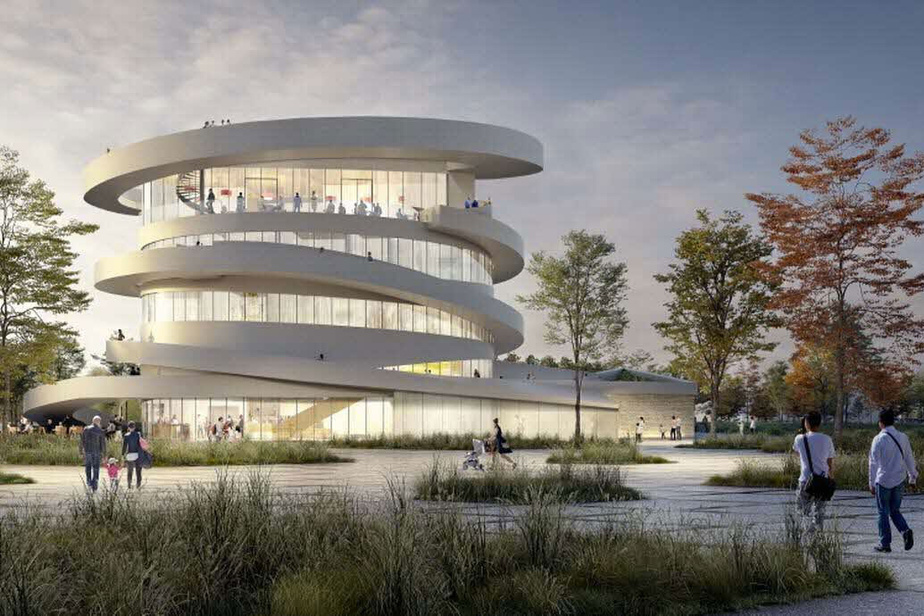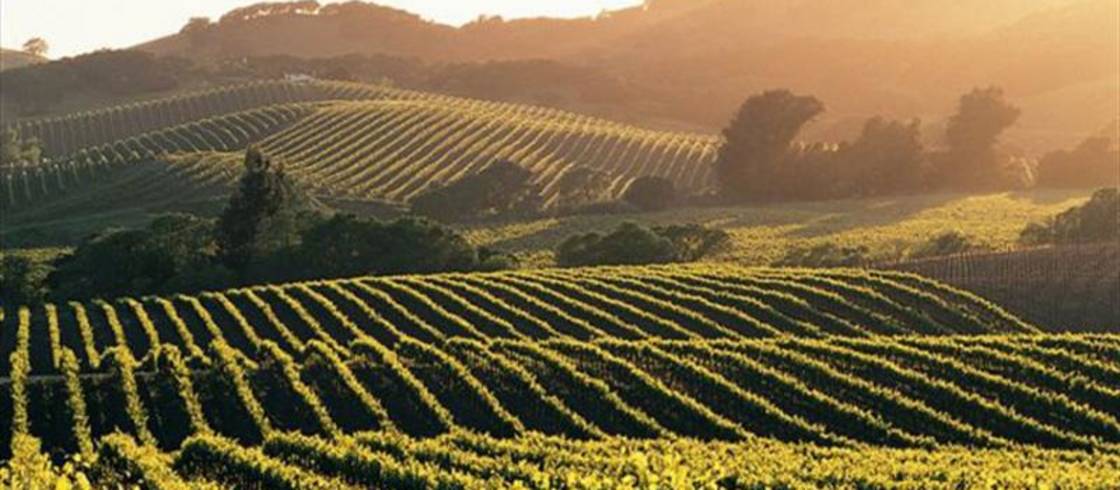BIVB has announced their 2020 export report – After a very good November in terms of volumes, exports of Bourgogne wines over the first 11 months of 2020 were slightly higher than over the same period in 2019 (up 0.5%), confirming a trend already witnessed in October. Revenue was also close to the record level seen in 2019, down just 2.6% by the end of November, having recovered from being down 9% just a month previously.
However, these figures should be set within a sluggish economy, impacted by both COVID and the 25% Boeing/Airbus tax, which severely penalized sales to the United States, down 14% by volume and 21% in terms of revenue, representing a loss of some €44 million. However, with volumes up 16% equating to 2.2 million bottles, the British market almost entirely offset the loss in volumes from the United States and once again became the leading export destination for Bourgogne wines.
Several territories saw big upticks in numbers, like Sweden, up 18.4% by volume and 14.2% in terms of revenue compared to the same period in 2019, and Denmark, up 24% by volume and 25.6% for revenue. Others enjoyed more moderate growth but for big volumes, like Canada (up 6.4% by volume and 6% in terms of revenue) and Belgium (1.2% and 5.5% respectively).
In France, Bourgogne wines grew their position in the retail sector, up 4.7% by volume and 5.7% in terms of revenue over the first 10 months of 2019, thanks in particular to their popularity in convenience stores and via click-and-collect. As yet, there is no data regarding the restaurant sector, which is in free-fall, or for wine stores that are enjoying a boom.
#winenews #wineeconomics #wineexports #frenchwine #Burgognewines #winesales #winemarketing #winelovers #wine #bivb #burgundy #winetrends

